Belgian Federal Police Air Support
1953
The Rijkswacht/Gendarmerie performs its first flight operations with the
cooperation of the Light Aviation of the Army. These operations,
carried aboard an Auster VI and later a Piper Cub L18C, were only
traffic related. Soon the aircraft were also used for other areas:
sporting events, public order, etc.
1968
The Rijkswacht/Gendarmerie buys 6 Alouettes II helicopters (G90 - G95).
At first these are mainly used for aerial observation. G91 crashes after
only 3 months of operational service
1973
The Rijkswacht/Gendarmerie takes its first SA330 Puma helicopter in
service for transportation duties, firefighting, imaging and support to
the Special Intervention Squadron. At the end of the year the fleet of
the Rijkswacht/Gendarmerie at that time consists of 5 Alouettes II and
three Puma SA330 (G01 - G03).
1992
A (second-hand) Britton-Norman (Pilatus) BN2T Turbine Islander (G05) is
purchased for observation and coordination during large scale police
actions as it can stay in the air longer than the helicopters.
1993
The Air Support Detachment is set up and moves into a shed that will be
provided by the Air Force in Melsbroek. The establishment of the Air
Support Detachment at Melsbroek provided the possibility to switch to
light aircraft. Light aircraft are more economical and have a longer
range than the helicopters. The latter in turn provide total other
benefits e.g. for certain interventions of the special units. On
November 16, 1993 the Britten Norman Islander is delivered. The Belgian
government orders also three second-hand Cessna. Both Britten Norman
and the Cessna can fly at night and in pretty bad weather. They have
proven invaluable services to include traffic-chaos, mass meetings,
searches for missing persons, identifying breaches of environmental laws
etc. Given their advanced age was it quite clear during the 90s that
there was a need to replace the aging Puma and Alouettes. The
end-of-life of one of the Pumas and a crash with a second Puma in
Lyon (FR) left the former Rijkswacht/Gendarmerie barely one bi-turbine
helicopter. The new helicopters had to be equipped with special
observation equipment and cleared for night operations and for safety
reasons two engines were required to fly over larger cities.
1994
The 3 Cessna's are delivered. As Puma G02 is still in service they are
numbered G01, G03 and G04. After 4 months of service G03 is written off
after it was blown over by the prop wash of a RNlAF C-130.
1997
The first MD900 (G10) is operational with the Air Support Detachment.
This multi-use helicopter was purchased to be the future workhorse of
the Air Support. Equipped with a camera and a high-performance imaging
equipment it showed its great operational value during Euro 2000, the
European football championship. The G10 is later that year joined by
G11. A replacement Cessna (G03) is purchased.
1999
The last Alouettes II are taken out of service after thirty years of
loyal service and replaced by two new mono-turbine helicopters type
MD520 (G14-G15). Like the MD900 they are also equipped with a notar-system
(notar: no tail rotor).
2001
Due to the Police Reform the Rijkswacht/Gendarmerie was demilitarized on
January 1st and the Federal Police and it's Air Support Department were
created. An extra MD900/902 comes into service.
2003
Two members of the Air Support Detachment lose their lives in the crash
of a Cessna (G03) on the runway at Melsbroek.
2010
The last MD902 (G16) joined the ranks of the Air Support. This also
allows the predecessors (G10, G11 and G12) to undergo major maintenance
to prolong their lifespan (Mid Life Update - MLU). The last MLU (G12)
was finished in 2014.
2017
At this moment the Air Support Detachment operates 4 x McDonnell Douglas
Explorer 900/902, 2 x McDonnell Douglas 520 and 2 x Cessna C182Q/R
Skylane II.
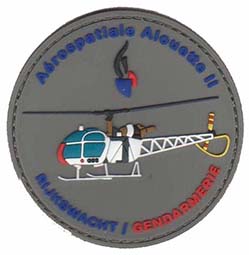
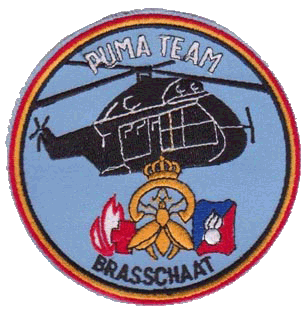
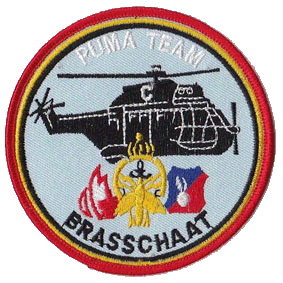
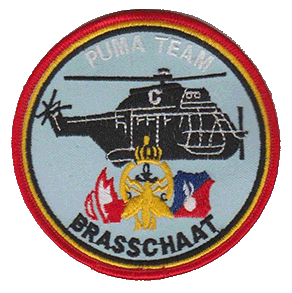
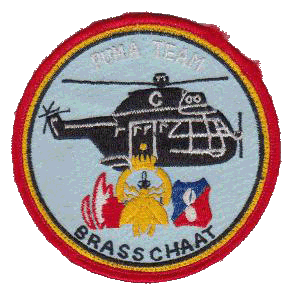
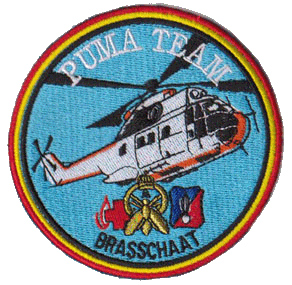
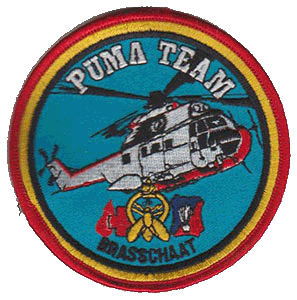
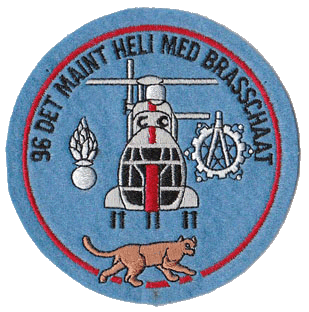
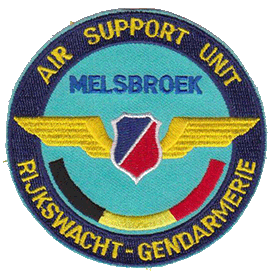
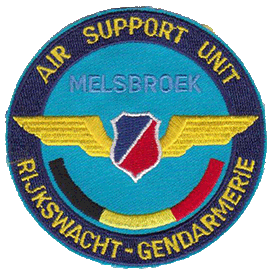
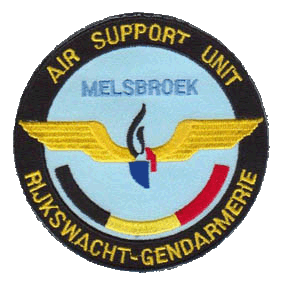
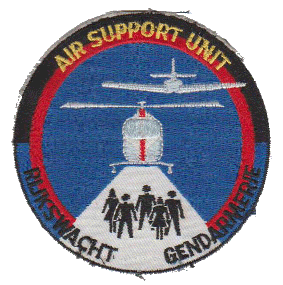
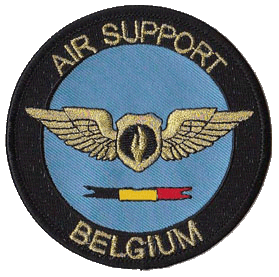
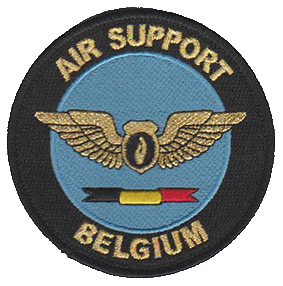
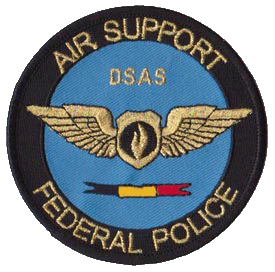
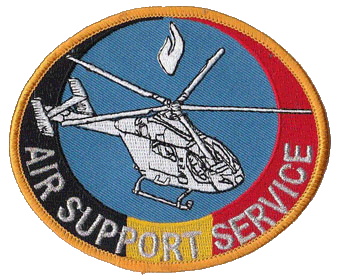
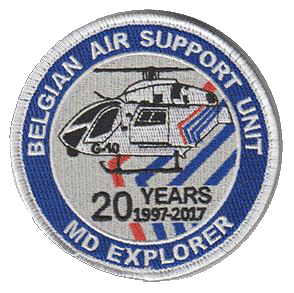
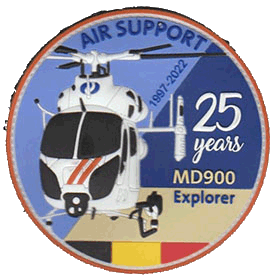
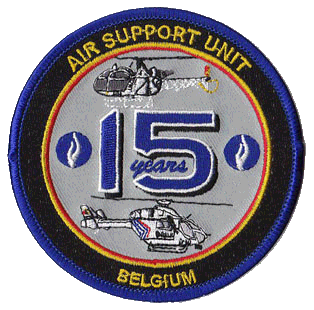
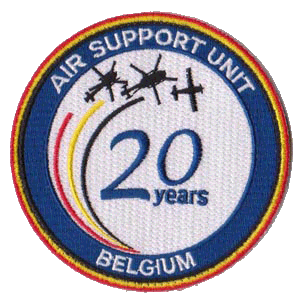
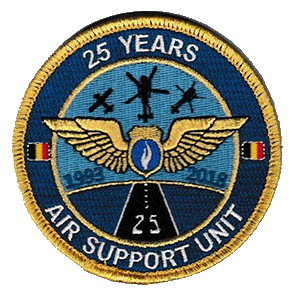
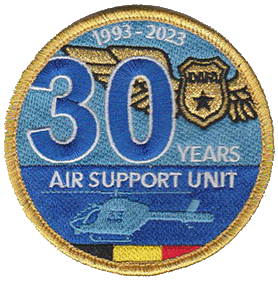
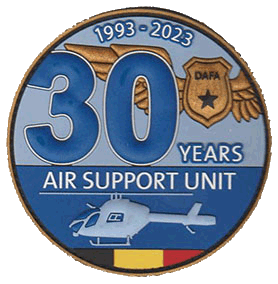
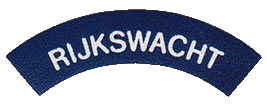
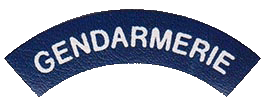
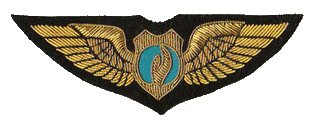
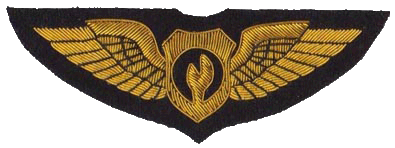
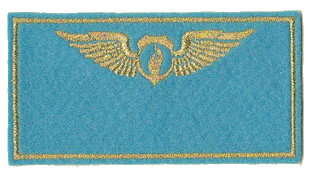
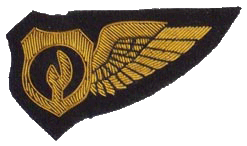
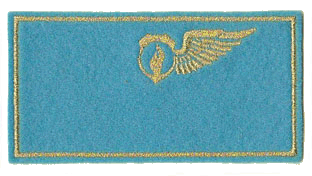
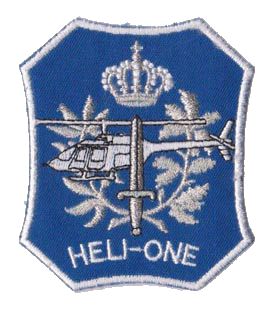
ITEMS
PICTURED ON THIS PAGE ARE NOT FOR TRADE OR SALE